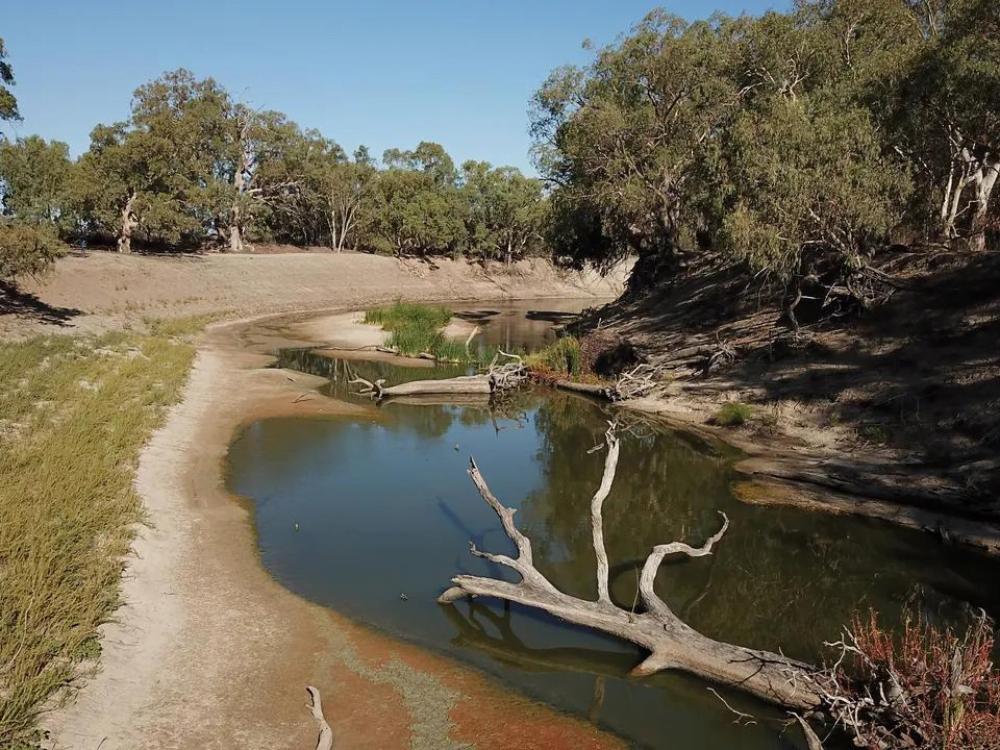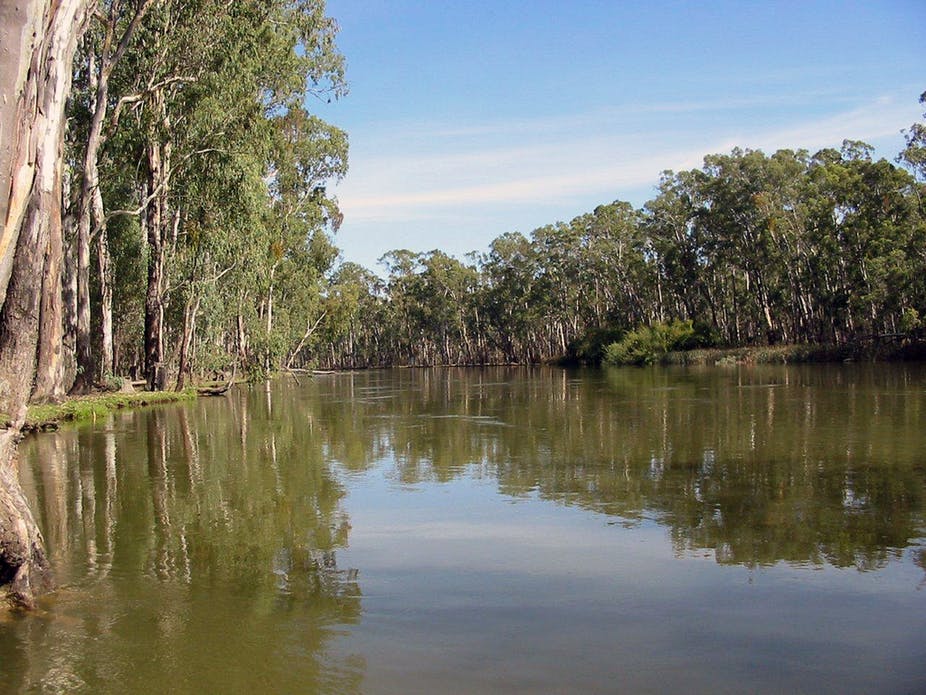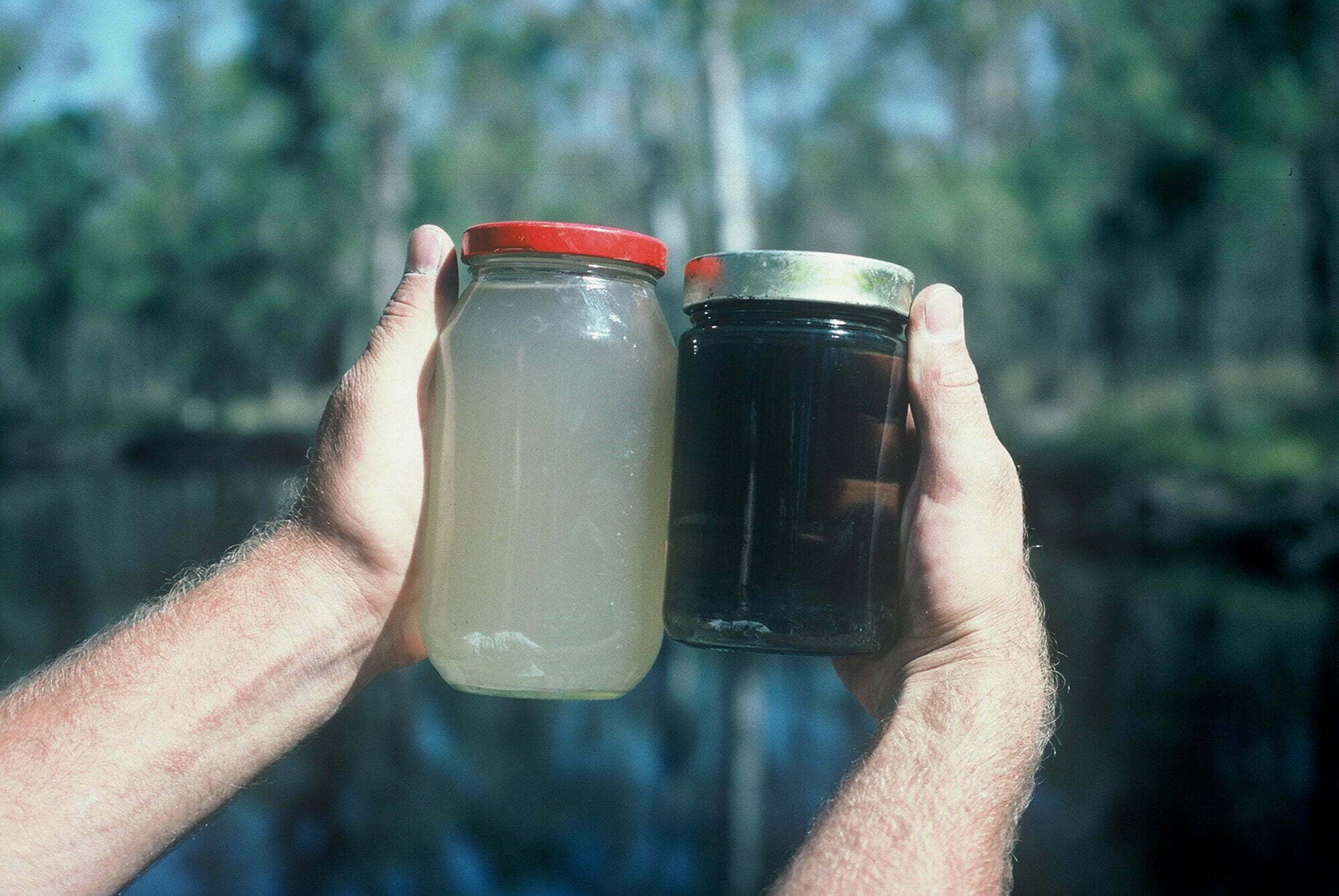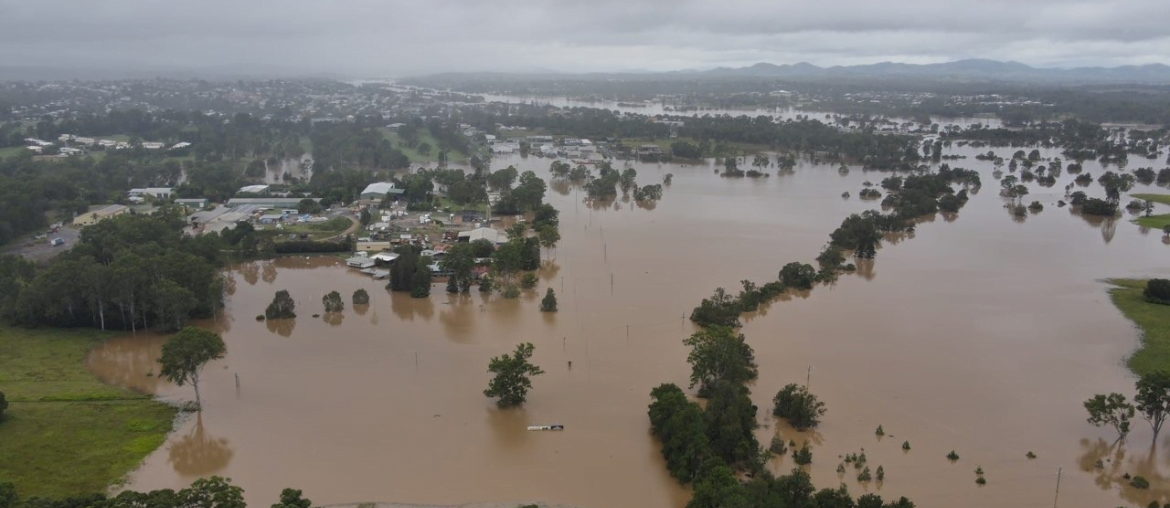Australia’s Murray-Darling Basin, like many other catchments and basins globally, naturally fluctuates between periods of drought and periods of flooding, and has followed this pattern for more than 100 million years. Over time, its many native species have learnt and adapted to this pattern, so that the natural fluctuations between ‘boom and bust’ are now critical to their survival. Flooding provides many benefits to aquatic ecosystems and the fish, animals, plants and insects that inhabit them. However, as shown by the devastating floods seen earlier this year in Northern NSW and Queensland, floods aren’t always good news for fish and the habitats they depend on for survival.

Predictions for the future of flooding indicate that global flood risk is increasing, as well as flood frequency and severity from changes in land-use, the water cycle and climate change. A 2018 study found that most reporting on flooding focuses on the impacts on people, rather than the ecosystems that are flooded, and when ecological impacts are reported on, they are often negative. This knowledge gap led us to want to explore the beneficial impacts fish and aquatic ecosystems experience during flooding.
The benefits
As explained in a recent OzFish article, as the rain starts to fall, the top-soil on areas surrounding the river begins to run off into waterways. This run-off brings with it loose leaf litter, woody debris, nutrients, and sediments. Insects and bugs like beetles, spiders, worms and crustaceans are swept into the river along with the run-off. This new rush of life and debris in the waterway helps fish and the surrounding ecosystem by providing new food sources and introducing new nutrients to the water to improve its quality. Floods also bring nutrients into the surrounding areas which fertilise soil, making important areas for agriculture.
The woody debris gets incorporated into the stream bed and creates shelter and habitat for fish. Sand and silt within the waterway are cleared away from the habitat, which helps spawning.
As the flood bursts over the riverbanks, the river becomes connected to isolated waterways and habitat through floodplains, which helps promote breeding, population connectivity and genetic diversity of species. These new floodplains also create new opportunities for fish to feed, breed and seek shelter. The flood also helps fish migrate up and down waterways, and especially can help fish move over dams and levees that previously prevented their migration.
Flooding helps trigger important processes in ecosystems and species life cycles, such as fish and bird breeding events and migration, and the important process of seed dispersal for plants.

Negative impacts
Along with these positive impacts, some negative impacts are also experienced within the ecosystem. Flooding allows invasive species to travel beyond catchments where they are contained, such as carp, tilapia and redfin.
There are also negative impacts on water quality from the sudden large rush of sediment and organic matter straight into the waterway. This run-off leaves excess carbon, largely from leaf and woody debris, which is processed by natural bacteria consuming the nutrients and carbon, using up the water’s oxygen content faster than it can be replaced. This can lead to a hypoxic blackwater event, which is when a waterway has too little oxygen for fish and other animals to survive, with the high carbon content turning the water black or dark brown. Low oxygen in waterways also has an impact on the aquatic ecosystem’s food chain, where worms and other fish foods are unable to survive the hypoxic blackwater event.
The run-off from urban and agricultural areas, like pesticides, excess cattle faeces or toxins and debris from urban areas, can also kill fish.

How can we help fish benefit from flooding?
Many projects across Australia through organisations like OzFish and Rivers of Carbon involve activities that can help to mitigate the impacts of floods and erosion. This includes the restoration of native trees and vegetation along riverbanks, and reducing stock access to riverbanks, where they can cause erosion and cattle, in particular, love standing in water for long periods of time, pugging up the water and reducing water quality from their faeces.
These riparian zones, as well as providing food and shade for fish, also help to stabilise riverbanks, which prevent soil and debris being washed into waterways. A great example of this is OzFish’s riverbank restoration project on the Wambuul-Macquarrie River, which it delivers in partnership with Landcare NSW.

Other actions involve changes to the way humans use land in urban and agricultural environments, as many of the negative impacts experienced by fish stem from toxins entering the waterway from run-off during high rainfall events. These actions could involve reducing the pesticides, insecticides and other chemicals used on paddocks close to waterways, or reducing the access cattle (and their faeces) have to waterways.
Ultimately, flooding is a part of the natural water-cycle, and aquatic ecosystems in Australia have adapted to these fluctuations. Human land-uses have changed the way these ecosystems respond to flooding, especially with their increasing frequency and severity, marked by longer and drier droughts in the Murray-Darling Basin.
The Native Fish Recovery Strategy is working to restore fish habitats and increase their resilience to changes in their environment, like floods, in the face of a more uncertain future. Read more about NFRS work here.
Main photo: Floods in Queensland in February 2022.
Source: Qld Fire and Emergency





